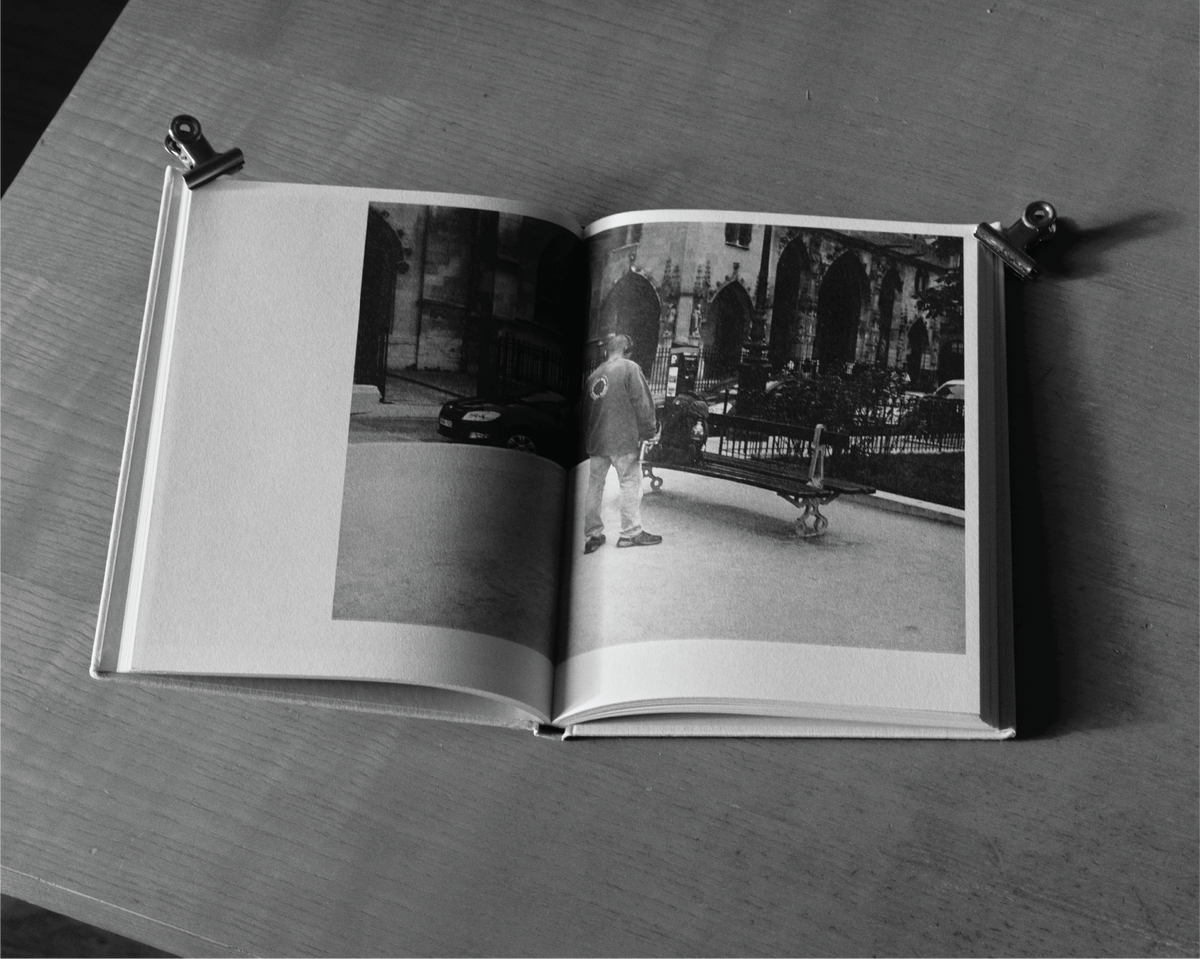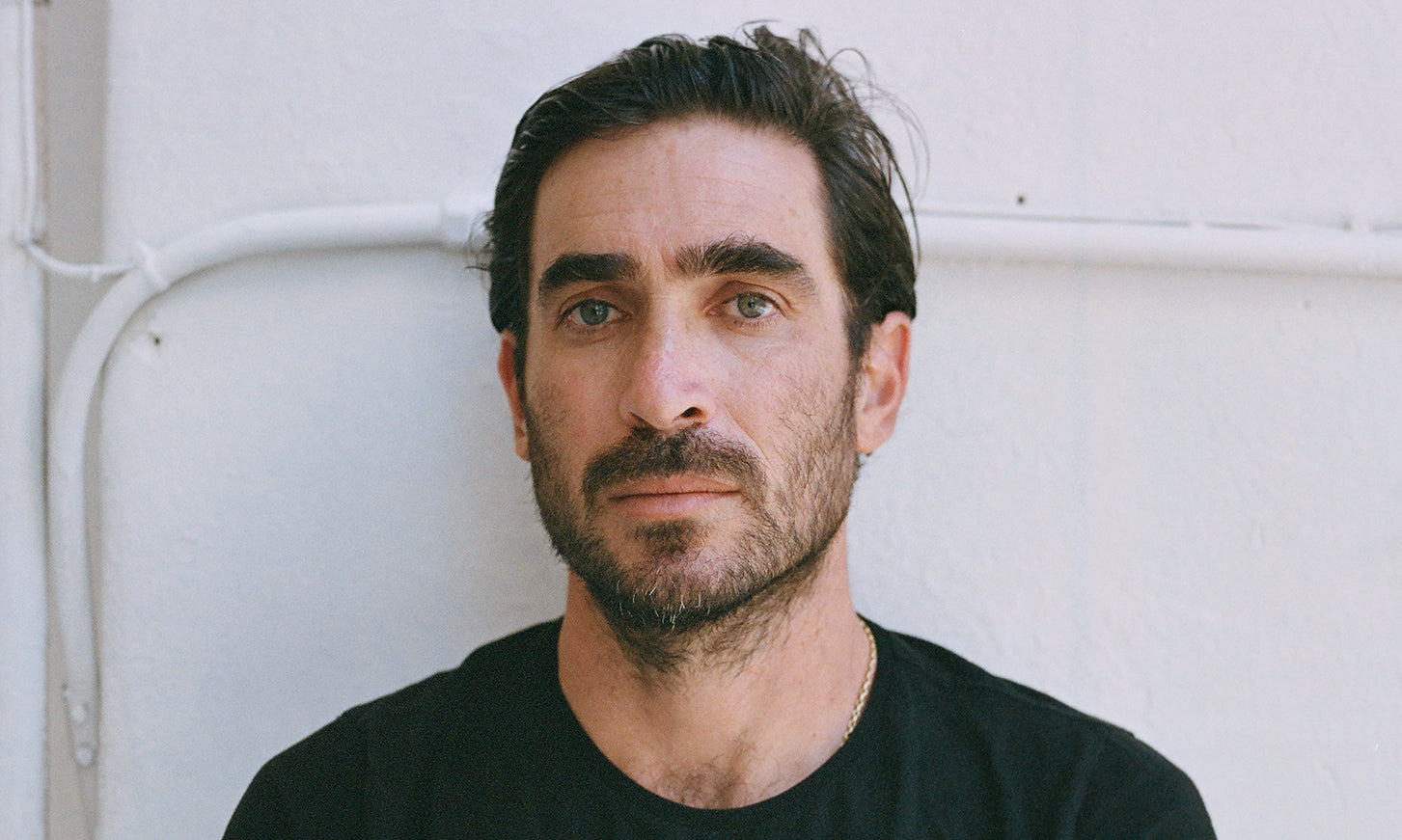
COLLABORATION
AHLEM X MAX FARAGO
For AHLEM’s debut art book, Take a Look at What I See, we enlisted Max Farago, a photographer whose work we’ve long admired.
Straddling the worlds of art and fashion, Max brings an uncommon intelligence and sensitivity to all his projects, whether he’s taking portraits for editorial, creating vivid tableaux for fashion clients or shepherding his own personal projects (not to mention, curating shows for his eponymous gallery in Los Angeles).
So we were especially thrilled when Max agreed to collaborate on AHLEM’s debut art book. Shot on the streets of Paris, its subtle and astute observations offer a master class in suggestion and inference over declaratory statement.
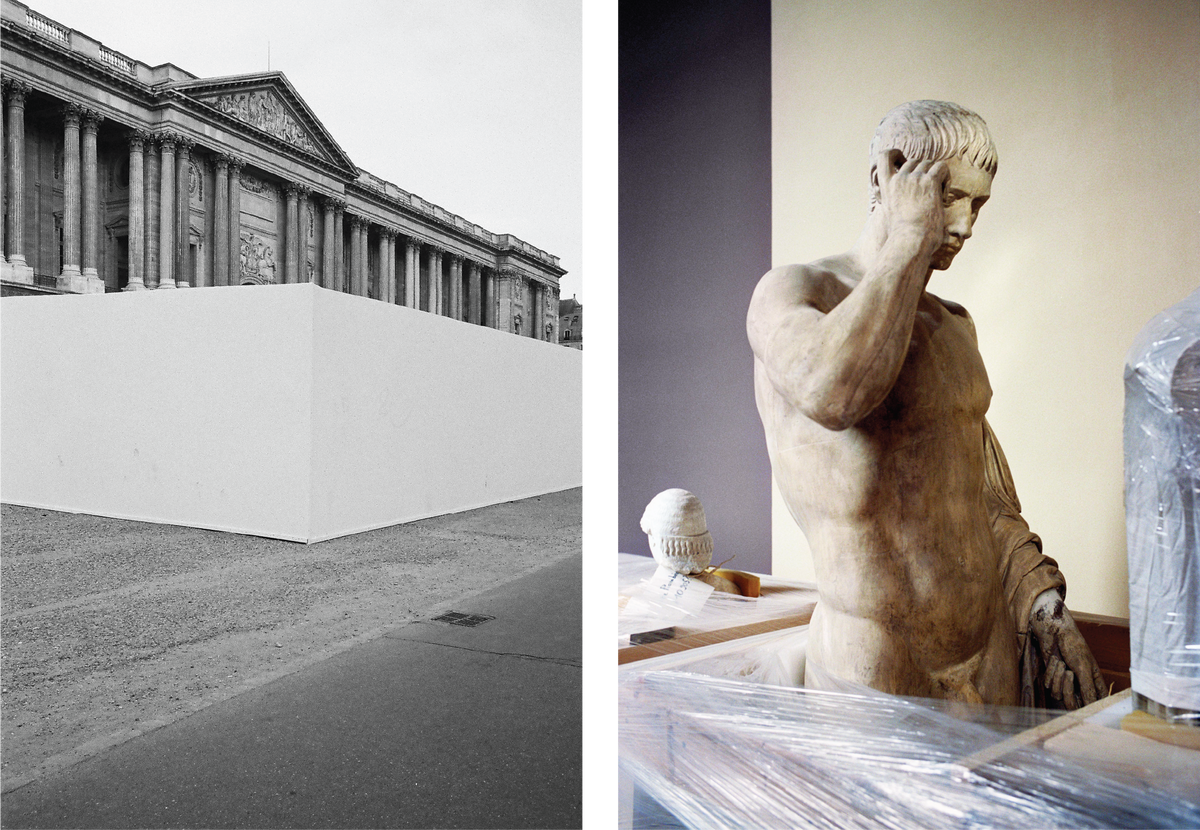
Tell us about your background. How did you get interested in photography?
I studied art history and photography at New York University. There was a street photographer named Philip Perkis who had a great influence on me, and I took classes with him and began shooting. After that, I worked at The New Yorker in the photography department and assisted a little bit. I had a friend who was a photo agent who saw my personal work and loved it. I started showing people, mostly in France, the pictures. One of my first commercial assignments was with Carine Roitfeld for French Vogue.
How would you describe your work?
I’m interested in fleeting moments, sadness, joy and fragments that mirror the universal. The rhythm of the street and landscape.
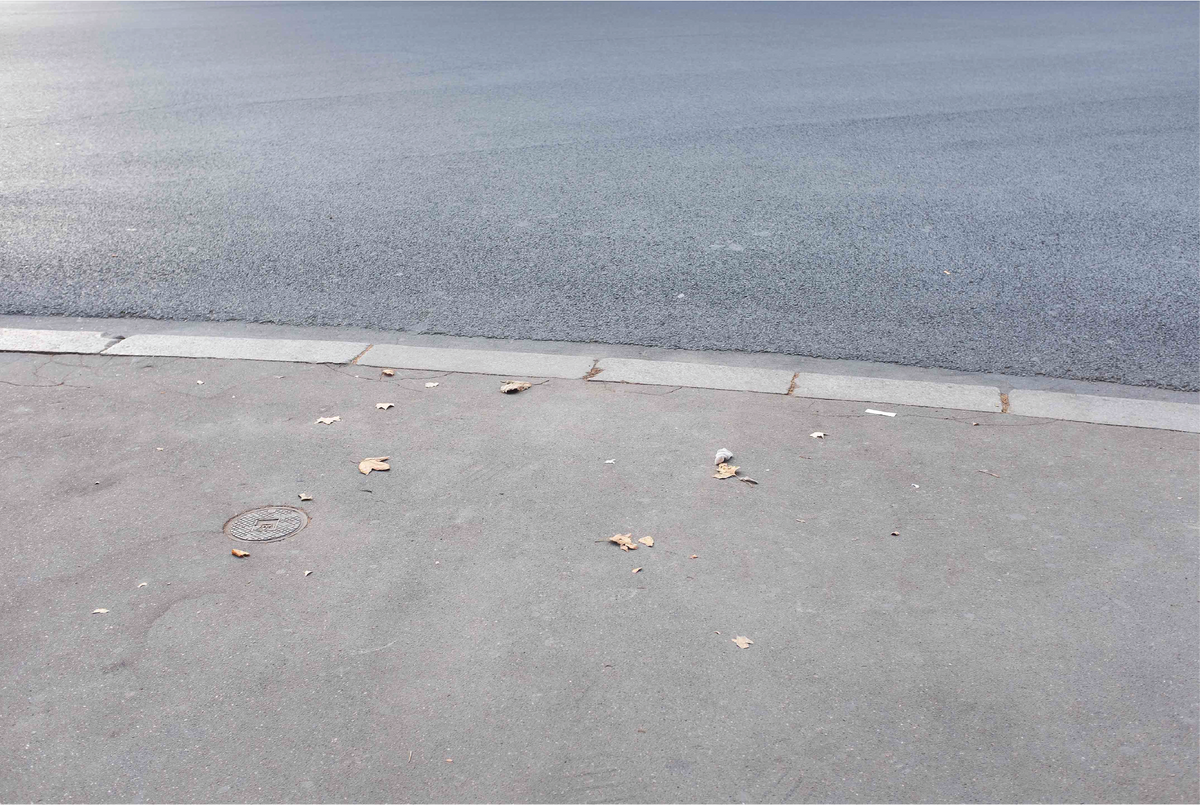
Tell us about the art book that you created with AHLEM. What was the direction?
The book contains a selection of images that I took in Paris. Ahlem wanted to do a book focusing on Paris, a city I’ve photographed a lot. The edit is about ambiance and atmosphere. It is not about a specific time or theme.
What do you love about shooting in Paris?
I love the way that the light in paris reflects off the broad flat surfaces and the whiteness of the buildings. This creates a suspended and anonymous sense of time that you don’t find in cities like New York. Every photograph of New York is about New York, because the city is so recognizable. But I think the streets of Paris are more anonymous which allows you to focus on the subject matter more than the location. People and objects are isolated, the figures take on great shapes. It’s quite organized, visually.
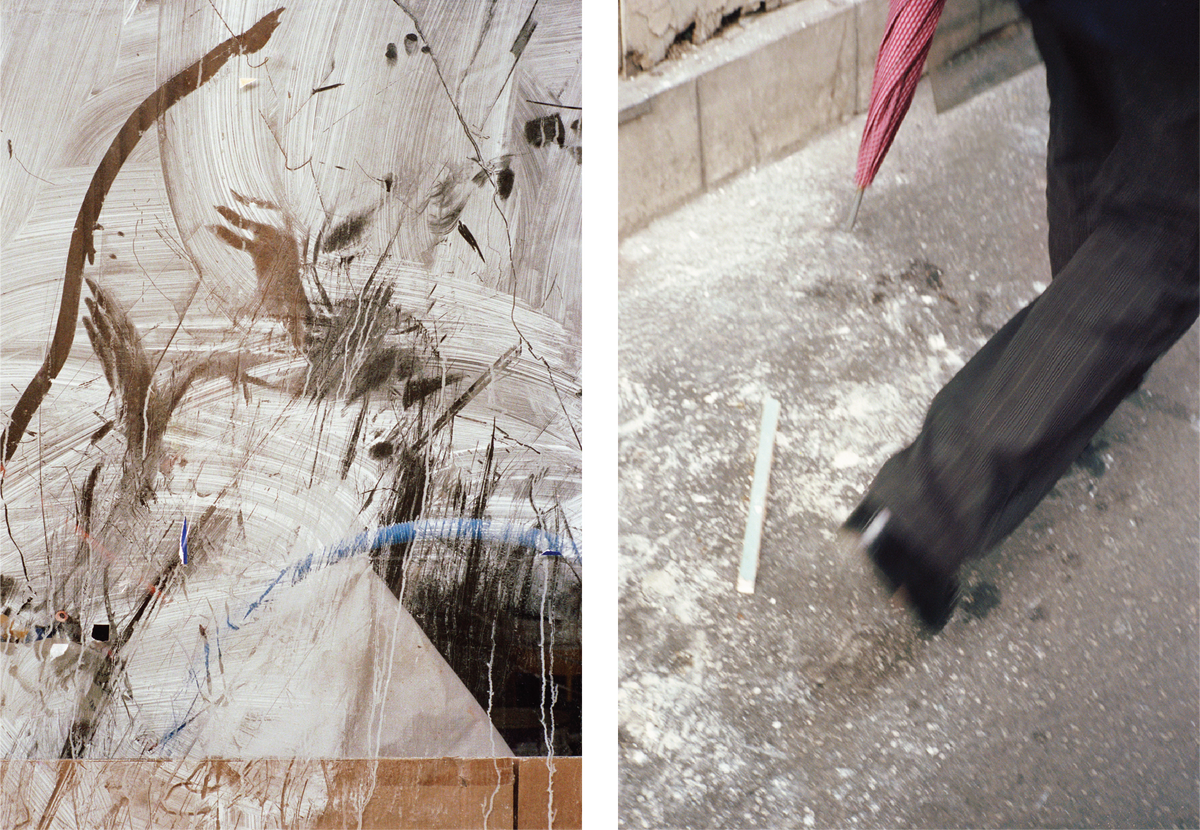
What’s the most surprising direction that your work has taken you?
The best thing about my job is the people I get to meet. I’m drawn to eccentric people, and I’m often hired to photograph them. Quite recently I spent a day with Balthus’ wife Setsuko in Paris, and that was just incredible because of her breadth of history and experience. Being with someone like that for a day or two is really fun for me.
What are you most proud of, professionally speaking?
In terms of commercial work, I would say that there were a series of fashion stories that I was shooting around 2012 - 2014 that at the time did not get much attention but that I feel were quite influential. But I don’t know. You ask me tomorrow, I’ll say something different.
Who are your mentors or photographic influences?
I mean, so many. I’m really a fan of photography, so that’s a long list of people. But in relation to this [AHLEM] book, which is more traditional street photography, I would say members of the Bauhaus such as Moholy-Nagy and Umbo….and then later on street photographers such as André Kertész, Robert Frank, and Garry Winogrand.
